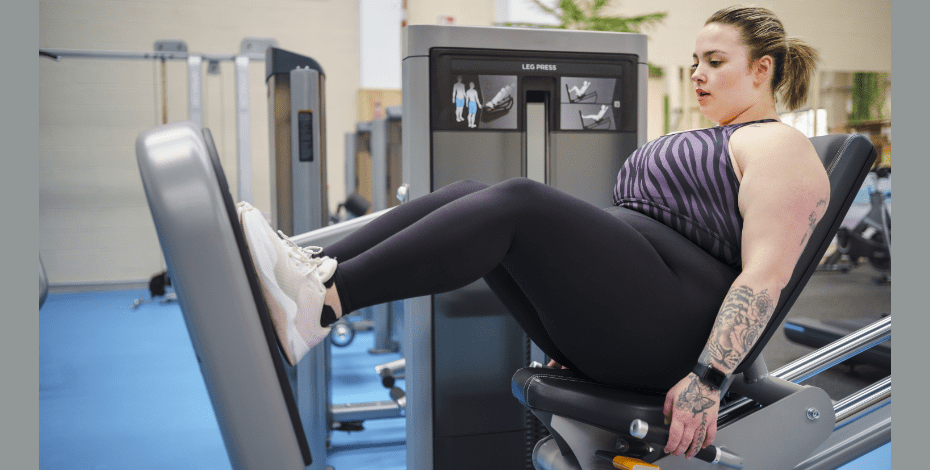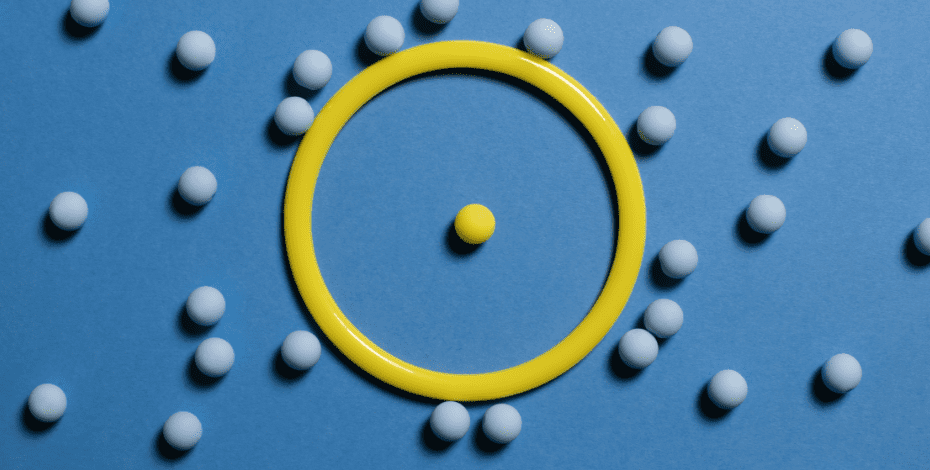
Have you caught up with the latest research?

Major findings have been reported in the January issue of Journal of Physiotherapy, including an update of the COVID-19 clinical practice recommendations, while a core capability framework for physiotherapy via videoconferencing has won Paper of the Year.
COVID-19 recommendations update
The first paper in the January issue of Journal of Physiotherapy is an update of the enormously valuable clinical practice recommendations for physiotherapy management of adults with COVID-19 in the acute hospital setting.
Since their publication in April 2020, these recommendations have been translated into 26 languages, tweeted about 1200 times, downloaded 215,728 times and cited over 500 times.
The same international group of authors, led by Peter Thomas from Brisbane, now publishes updated recommendations that incorporate new evidence to guide physiotherapy workforce planning and preparation; a screening tool for determining the requirement for physiotherapy; delivery of physiotherapy interventions, including both respiratory and mobilisation/rehabilitation; and personal protective equipment requirements for physiotherapy service delivery.
In addition, the updated recommendations have been extended to more comprehensively cover acute hospital issues with COVID-19, such as the long-term impacts of COVID-19 and the implications they have for acute hospital physiotherapy services; workload management; staff health, including vaccination; providing clinical education; and specific interventions, including awake proning, mobilisation and rehabilitation in patients with hypoxaemia.
Dual-task interference during walking in stroke
The next paper in the January issue is a systematic review of dual-task interference during walking in people with stroke.
This comprehensive review by Charlotte Tsang and colleagues from Hong Kong looks at the pattern of dual-task interference and at how this varies when different types of tasks are combined with walking.
With 76 included studies, there is plenty of evidence pooled into this review.
Manual and mental tracking tasks imposed the greatest dual-task interference on gait speed.
The most common pattern of interference was mutual interference, ie, both tasks deteriorate during dual-tasking.
The authors conclude that physiotherapists who are evaluating limitations to functional mobility in stroke should select dual-task assessments that correspond to the daily habits and physical demands of the patient and then plan interventions according to the findings.
Intravaginal electrical stimulation for pelvic floor contraction
Flávia Ignácio Antônio and colleagues from Brazil and Norway provide the next paper—a randomised trial involving 64 women who are unable to voluntarily contract their pelvic floor muscles.
Those allocated to the experimental group received eight weekly sessions of intravaginal electrical stimulation during which they were advised to attempt voluntary contractions at certain times.
This intervention increased the ability to voluntarily contract the pelvic floor muscles.
The intervention also reduced the overall severity of urinary incontinence and its impact on quality of life.
Prehabilitation for lung cancer surgery
Another randomised trial comes from Francis-Edouard Gravier and colleagues in France.
They allocated 36 people scheduled for surgery for non-small cell lung cancer to one of two prehabilitation regimens: 15 exercise sessions in three weeks or 15 exercise sessions in five weeks.
Condensing the sessions into a three-week period produced similar or better results than the five-week regimen.
It also did not cause adverse events or decrease adherence.
This could increase the number of patients who can be referred for prehabilitation and maximise the value that can be obtained during a short preoperative period.
Pelvic floor function in different positions
The fifth paper, by Márcia Maria Gimenez and colleagues from Brazil, examines how body position affects the results obtained during assessments of pelvic floor muscles in women with stress urinary incontinence.
When the pressure and electromyography activity during a maximum voluntary contraction were assessed, the results were better in supine.
Resting pressure, resting electromyography and the passive and active forces of the pelvic floor muscle measures were better in standing.
The authors conclude that although examining these muscles in supine is convenient, data obtained in standing capture the natural action of the muscles in many activities of daily life.
So the standing position may be more valid for analysing the function and mechanism of action of the pelvic floor in relation to stress urinary incontinence.
Private practice placements
The final paper comes from Casey Peiris and colleagues around Australia.
They examined the extent and characteristics of clinical placements in private practice for physiotherapy students, providing data on 2000 students from 20 physiotherapy courses in Australia.
A five-week private practice placement was completed by 44 per cent of physiotherapy graduates in their sample.
Private practice placement experiences were perceived to be safe and beneficial for students, private practices and universities.
The main risks identified by clinical education managers were related to the quality and consistency of the students’ experience on placement and were not risks to service or clients.
Clinical education managers emphasised that more time and resources to establish and support private practitioners would enable them to reduce risk and overcome barriers to increasing private practice placement capacity and quality.
Engaging private practitioners and working collaboratively appear to be vital for establishing, monitoring and supporting private practice placements.
Journal of Physiotherapy’s Paper of the Year
Journal of Physiotherapy’s Paper of the Year for 2021 is a Delphi study that generated a set of core capabilities for physiotherapists who use videoconferencing to deliver patient management.
Although the COVID-19 pandemic led to a dramatic uptake in telehealth delivery of physiotherapy, this sometimes occurred with limited training and preparation.

Luke Davies and his co-authors won Journal of Physiotherapy's Paper of the Year for a Delphi study generating a set of core capabilities for physiotherapy via videoconferencing.
To address this, Luke Davies and his co-authors from Melbourne and Brisbane gathered a group of 130 international experts representing researchers, clinicians, consumers and physiotherapy organisations.
The study’s framework of capabilities covers the domains of compliance, patient privacy/confidentiality, patient safety, technology skills, telehealth delivery, assessment/diagnosis and care planning/management.
The winning paper hasn’t only impressed the members of the Journal’s International Advisory Board, who vote on the Paper of the Year.
The framework has also been:
- endorsed by the International Society for Telemedicine and eHealth and the Australian Telehealth Society
- promoted by physiotherapy associations in the USA, Bangladesh, Mexico, Spain, Peru, Taiwan, Sweden, Singapore and New Zealand
- included in World Physiotherapy’s online digital physiotherapy resources
- used to guide curriculum content relating to telehealth at multiple universities.
Clinicians may be interested to know that the framework has been developed into a free online resource, which has been viewed over 500 times since being made publicly available in late 2021.
The resource provides an overview of how the framework was developed, a copy of the framework and a self-appraisal checklist for clinicians to assess their own confidence against each capability.
The paper has been downloaded 3927 times from Journal of Physiotherapy’s online locations and many other times from the organisations that have posted a copy of the paper online.
The members of the Editorial Board congratulate Luke Davies and his co-authors on their success.
>> Clinical Associate Professor Mark Elkins, APAM, is the scientific editor of Journal of Physiotherapy. Follow him on Twitter @JOP_Editor and follow Journal of Physiotherapy @JPhysiother.
- Reference
Davies, L., Hinman, R.S., Russell, T., Lawford, B., Bennell, K., International Videoconferencing Steering Group. ‘An international core capability framework for physiotherapists to deliver quality care via videoconferencing: a Delphi study.’ J Physiother. 2021:67; 291–297.
© Copyright 2024 by Australian Physiotherapy Association. All rights reserved.






